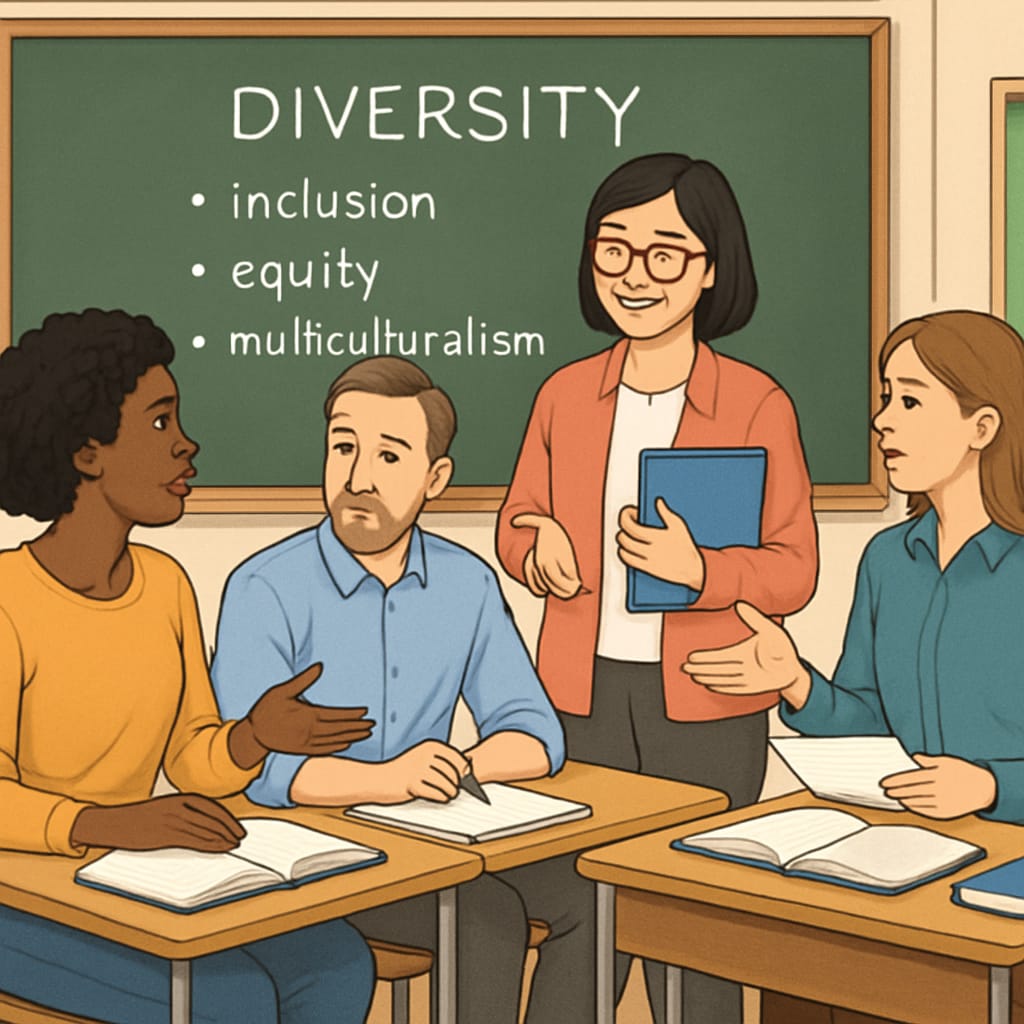In recent years, conservative groups have increasingly used public records requests to gain access to diversity-related course materials in schools. Initially targeting higher education institutions, the scope of these efforts has expanded to K12 schools. These actions have sparked debates over academic freedom, transparency, and the potential chilling effect on diversity education. For educators and administrators, the challenge is balancing public accountability with safeguarding inclusive and critical learning environments.
The Rise of Public Records Requests in Education
Public records laws, which exist to promote government transparency, have become a tool for conservative groups seeking to monitor curriculum content in schools. These groups often request detailed information about diversity, equity, and inclusion (DEI) programs and teaching materials. For example, lesson plans discussing race, gender, or LGBTQ+ issues are often subject to scrutiny. Proponents argue these requests ensure public education aligns with community values, but critics warn they could undermine educators’ autonomy and discourage the teaching of complex social topics.

The Shift Toward K12 Diversity Education
While higher education institutions were the initial focus, conservative groups have turned their attention to K12 schools. This shift reflects broader political debates over what children should learn about history, identity, and social justice. In some states, public records requests have led to heated school board meetings and curriculum revisions. As a result, some educators feel pressure to avoid potentially controversial topics, fearing reputational or legal consequences.

Impacts on Diversity Education in K12 Schools
The growing use of public records requests raises several concerns for diversity education:
- Chilling Effect: Teachers may self-censor to avoid controversy or backlash.
- Administrative Burden: Processing frequent, detailed requests diverts time and resources from teaching.
- Curriculum Narrowing: Schools might reduce or eliminate diversity-related content to avoid disputes.
For students, this could mean fewer opportunities to engage with diverse perspectives, which are essential for fostering critical thinking and empathy.
Strategies for Educators and Administrators
Educational leaders can adopt strategies to navigate this challenging landscape:
- Proactive Communication: Clearly explain the goals and benefits of diversity education to parents and stakeholders.
- Policy Development: Establish guidelines for responding to public records requests efficiently while protecting academic integrity.
- Professional Development: Train teachers to address sensitive topics confidently and effectively.
Collaboration with legal experts and advocacy organizations can also help educators uphold diversity education amidst scrutiny.
Balancing Transparency and Academic Freedom
The debate over public records requests and diversity education highlights a fundamental tension in public education. Transparency is vital for democracy, but excessive monitoring risks stifling academic freedom. As society becomes more polarized, finding a balance will require open dialogue, mutual respect, and a commitment to educational equity.
In conclusion, the involvement of conservative groups in monitoring diversity education through public records requests is reshaping the educational landscape. While transparency is important, it should not come at the expense of inclusive, thought-provoking learning experiences. Educators, policymakers, and communities must work together to ensure that schools remain spaces for critical inquiry and growth.
Readability guidance: This article uses short paragraphs and lists to enhance clarity. Transitions like “however,” “in addition,” and “for example” are integrated to improve flow. Efforts were made to minimize passive voice and overly long sentences.


